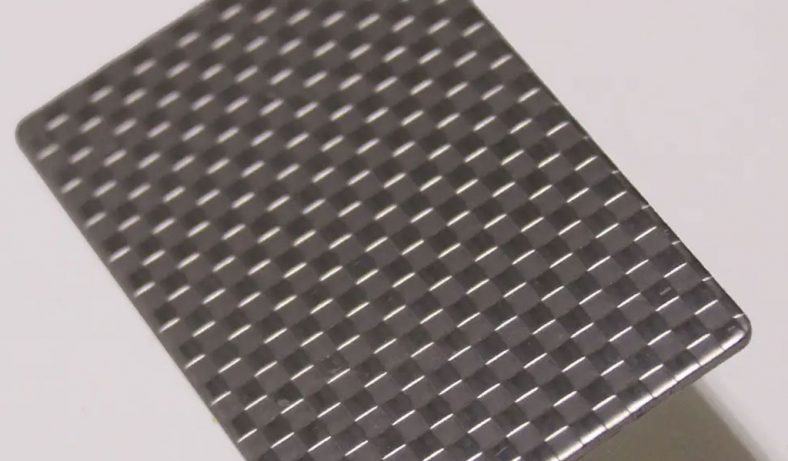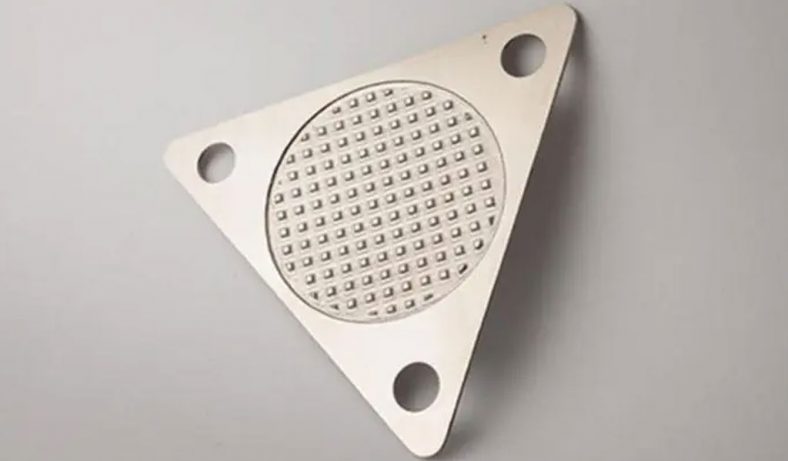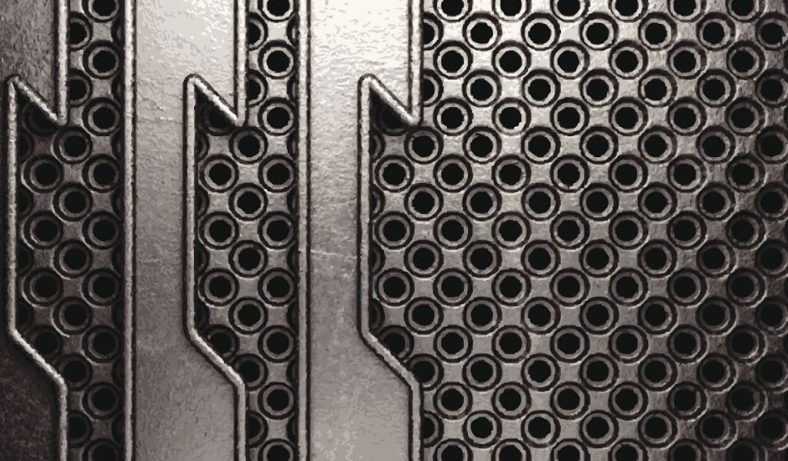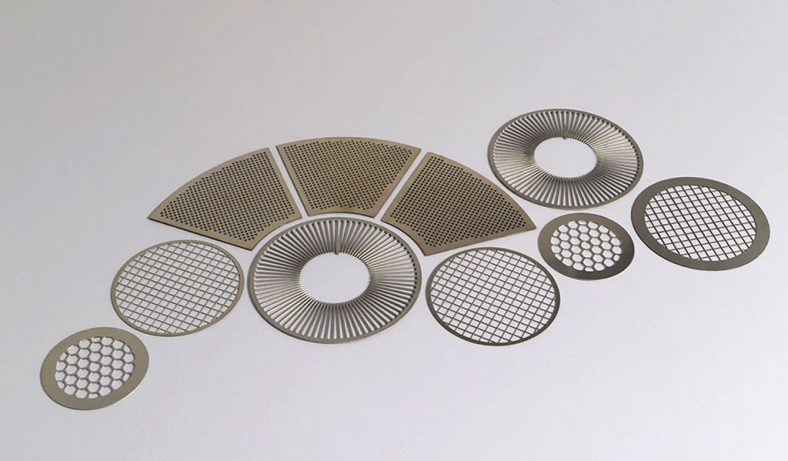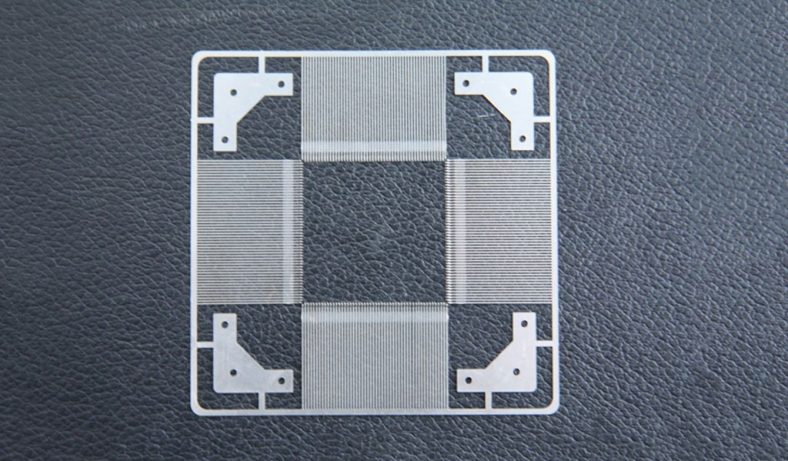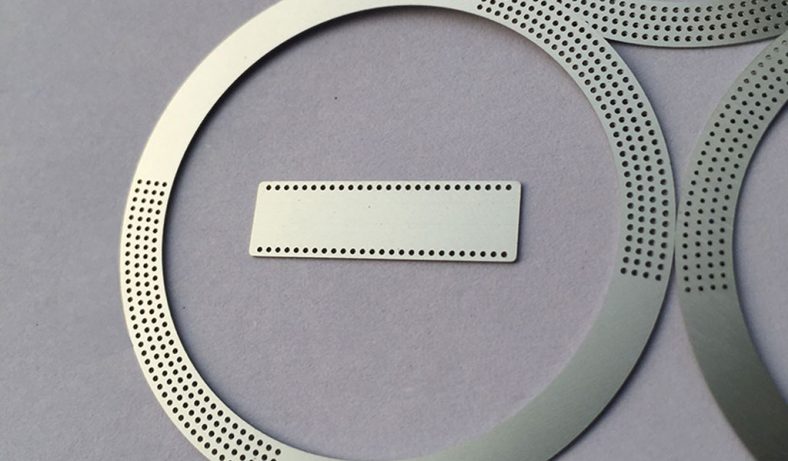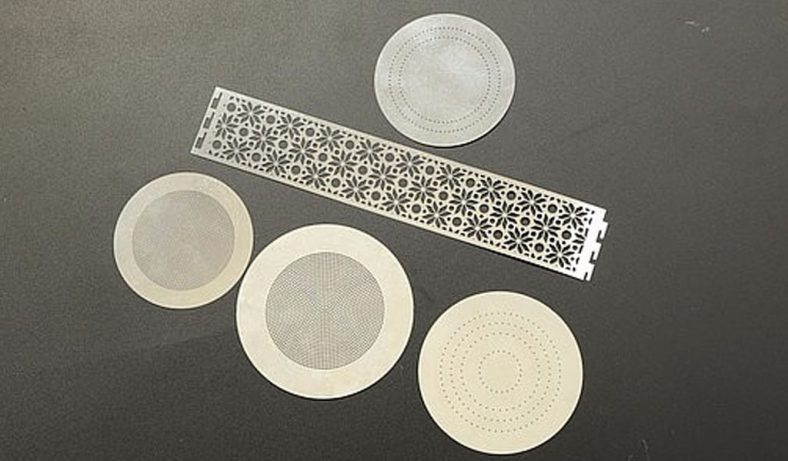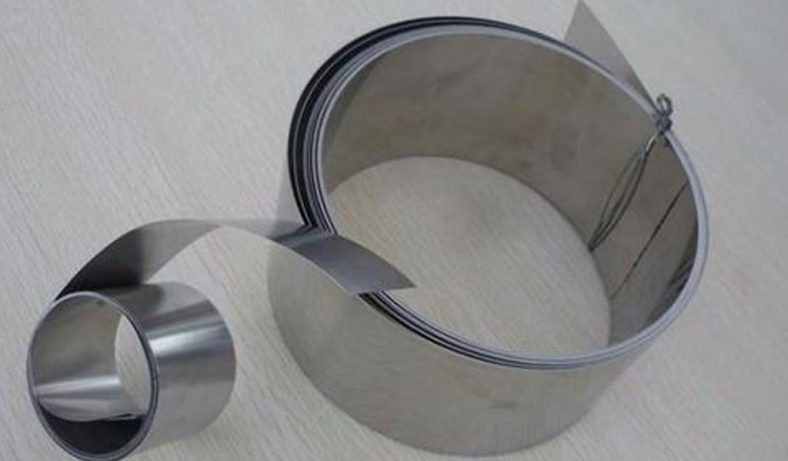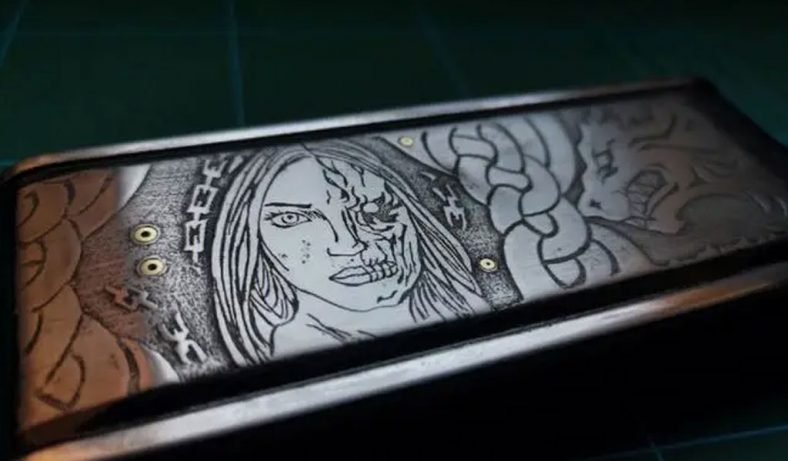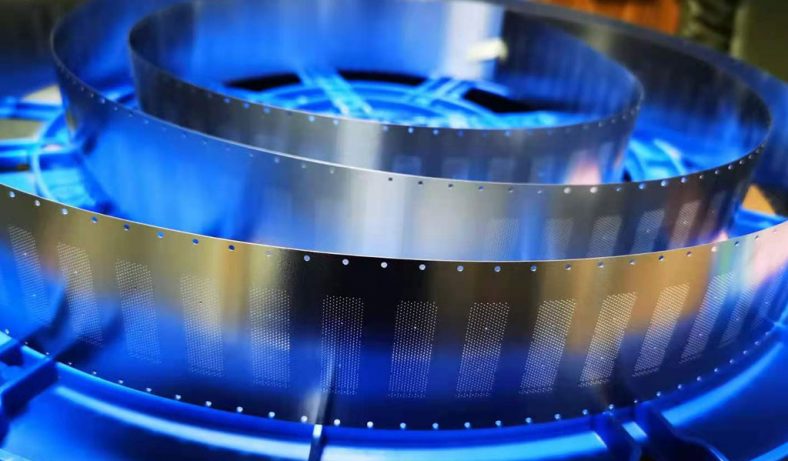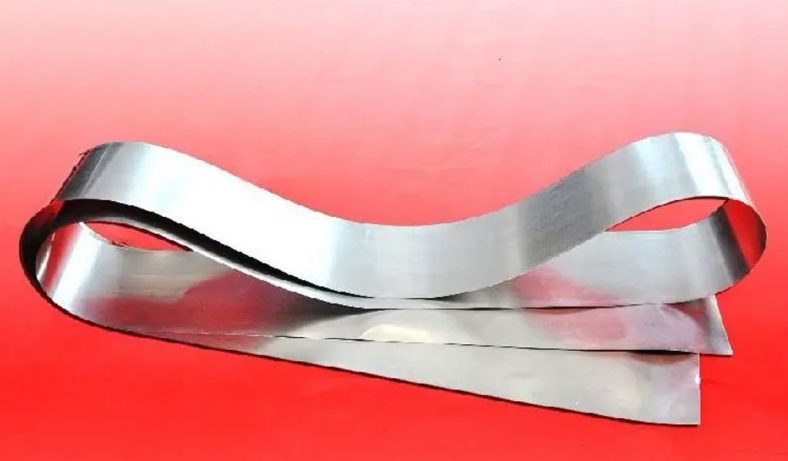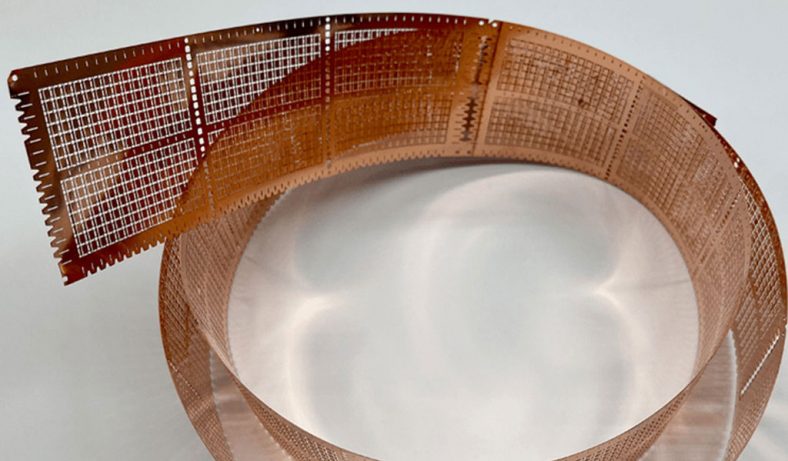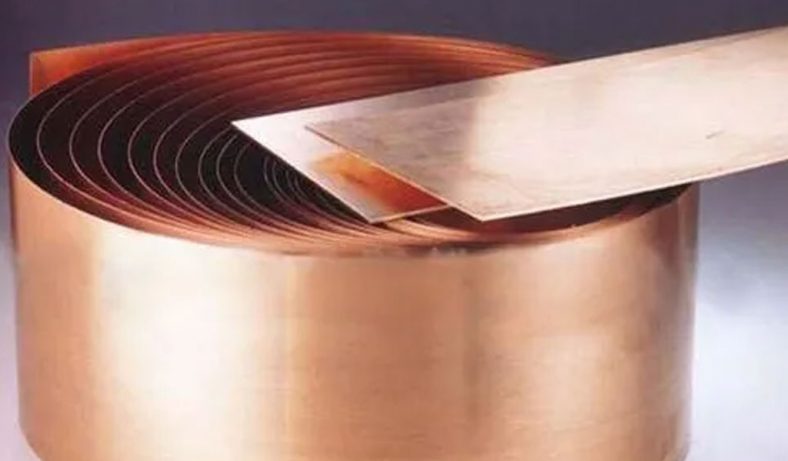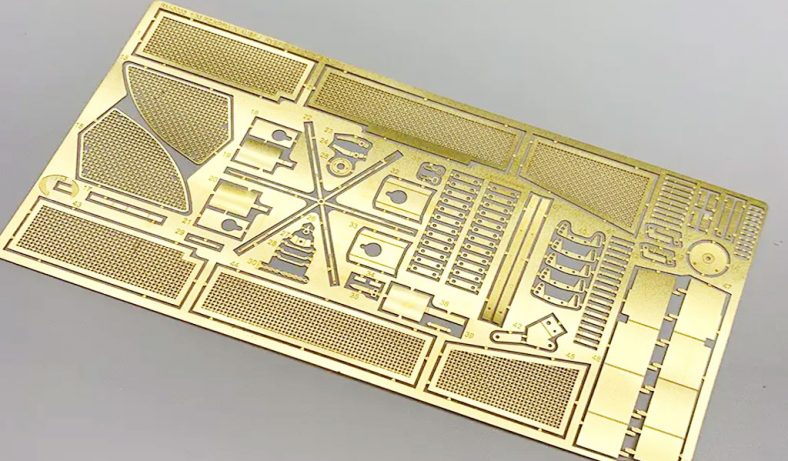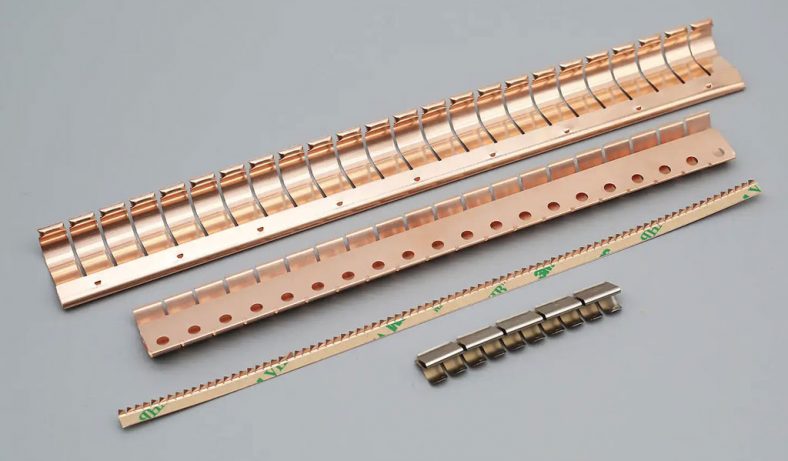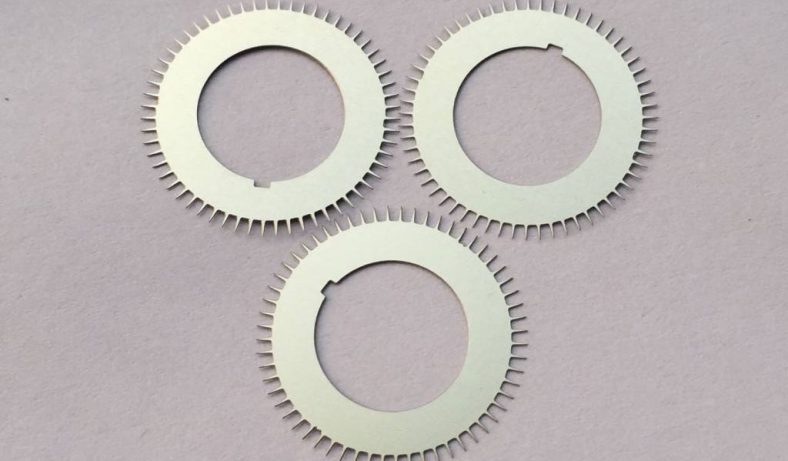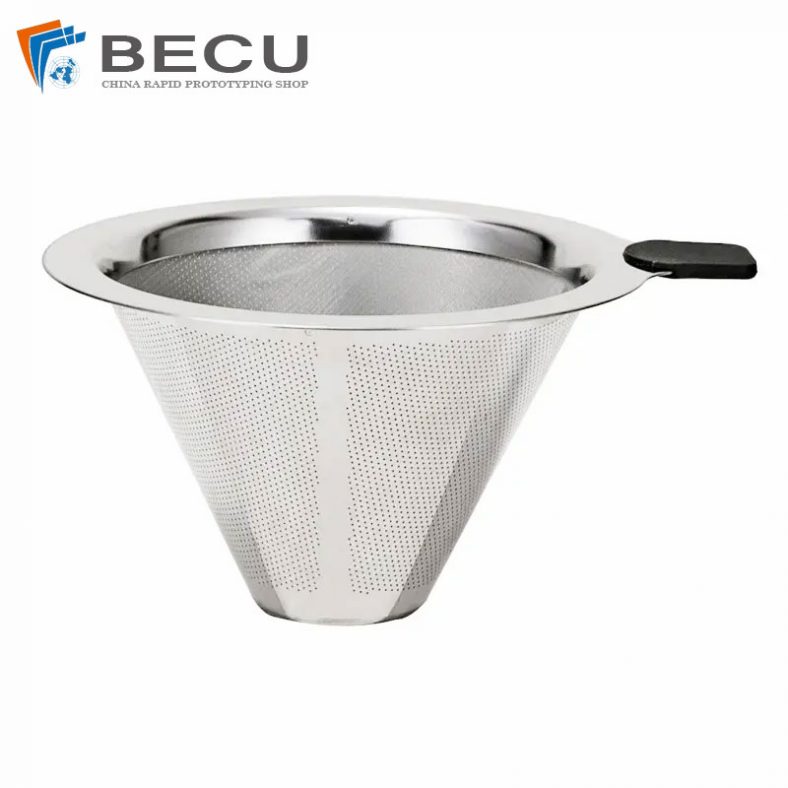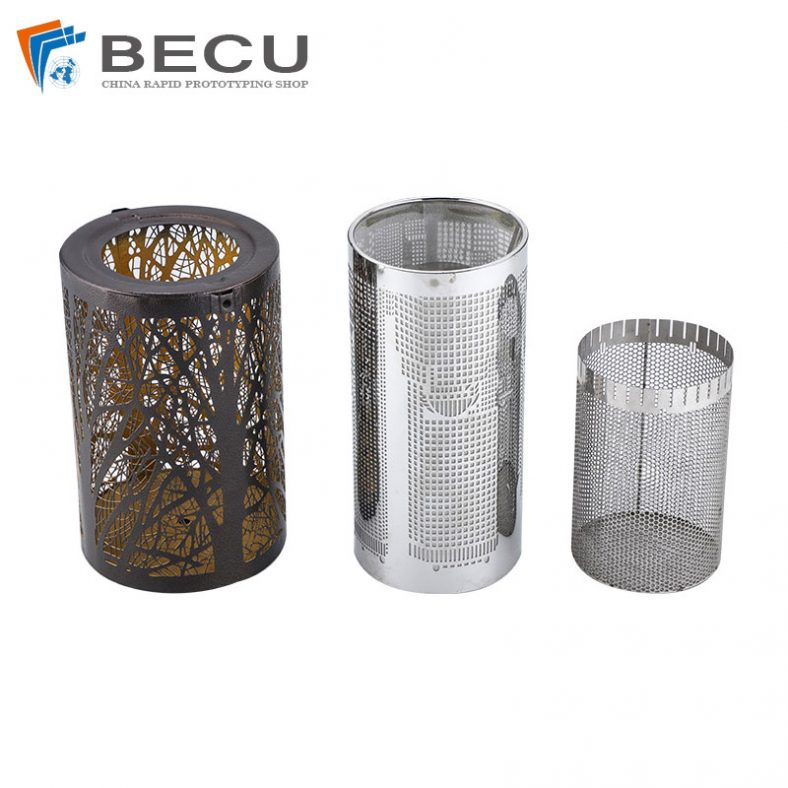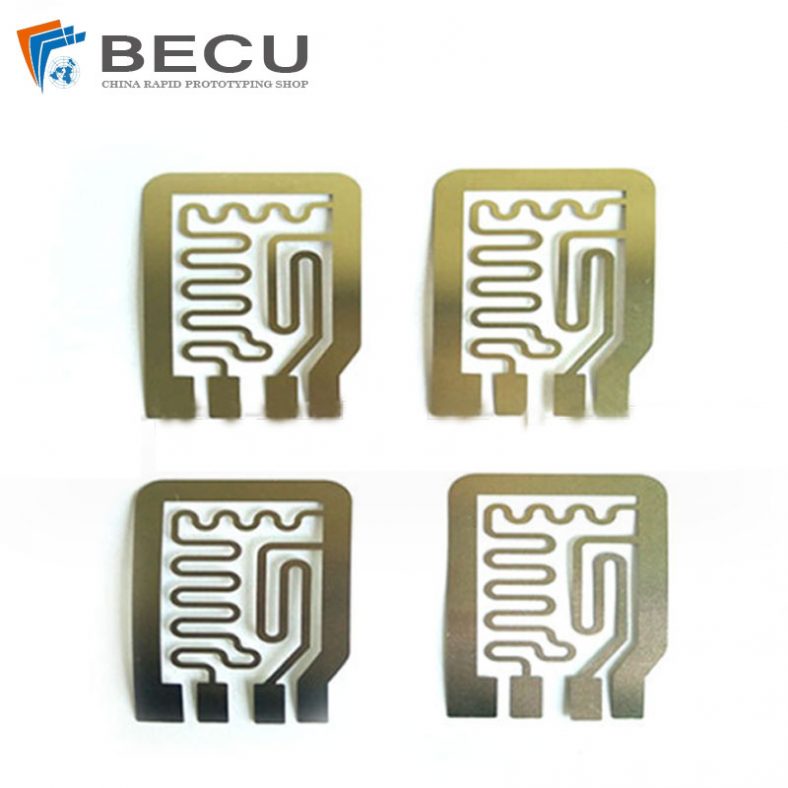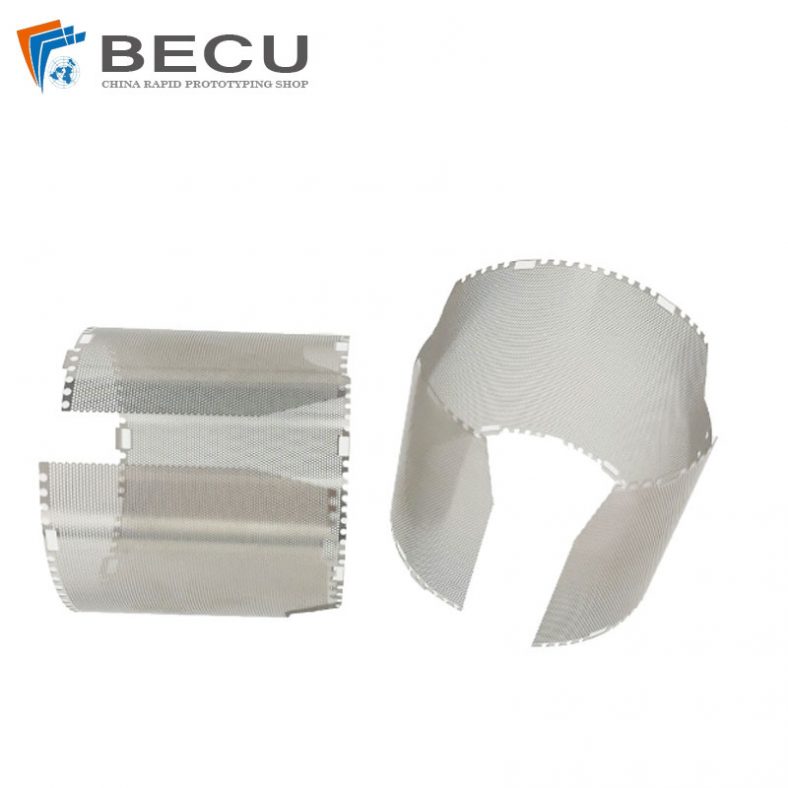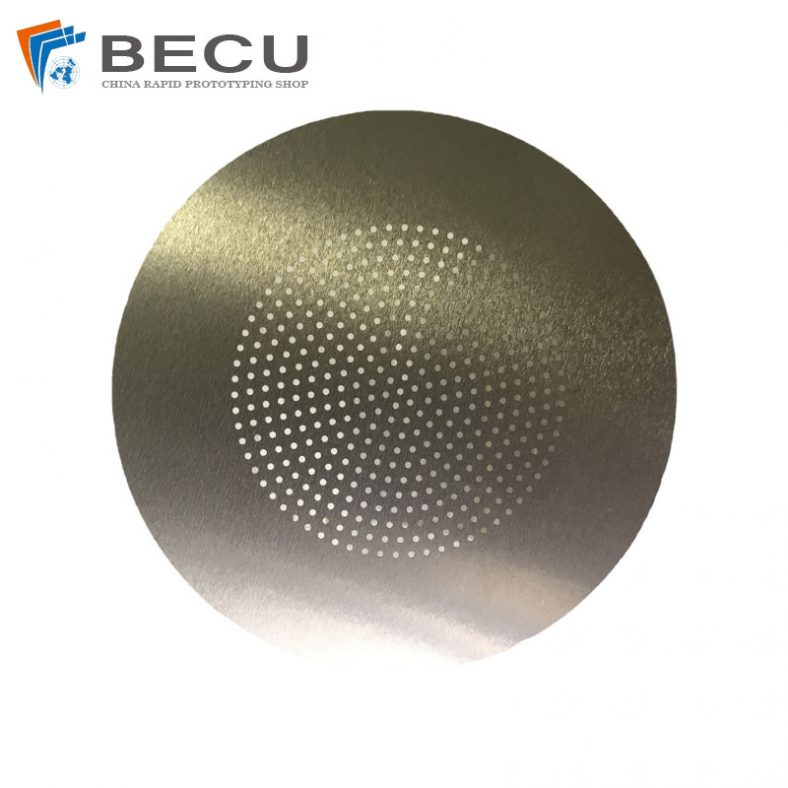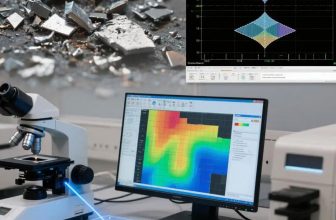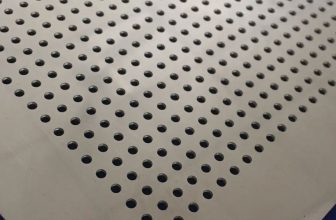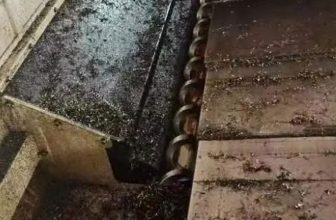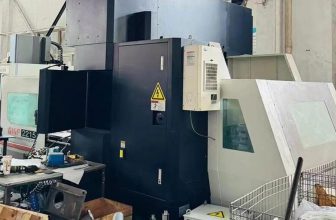Reactive Ion Etching (RIE) is a cornerstone technology in microfabrication, pivotal for the precise structuring of materials at the micro- and nanoscale. Among its advanced variants, focused reactive ion etching (FRIE), which integrates the precision of focused ion beams (FIB) with the chemical reactivity of RIE, has emerged as a transformative method for fabricating ultra-small size devices. These devices, typically featuring dimensions below 1 micrometer, are critical in fields such as microelectromechanical systems (MEMS), nanoelectronics, photonics, and quantum technologies. The ability of FRIE to achieve high-aspect-ratio features, sub-nanometer precision, and material-specific etching makes it indispensable for applications requiring extreme miniaturization and complex three-dimensional (3D) architectures.
This article provides a comprehensive exploration of FRIE’s principles, methodologies, and applications in ultra-small size devices. It examines the historical evolution of etching technologies, the physics and chemistry underpinning FRIE, and its role in enabling cutting-edge innovations. Detailed comparisons with other etching techniques, supported by tables, highlight FRIE’s advantages and limitations. The article also addresses challenges, recent advancements, and future prospects, offering a rigorous scientific perspective on this pivotal technology.
Historical Context of Etching Technologies
The development of etching technologies has been integral to the semiconductor industry’s progress since the mid-20th century. Early etching methods relied on wet chemical processes, which involved immersing substrates in liquid etchants to remove material selectively. While effective for early integrated circuits (ICs) with feature sizes in the tens of micrometers, wet etching’s isotropic nature led to undercutting and poor dimensional control, limiting its utility for smaller features.
The advent of dry etching in the 1970s, particularly plasma-based techniques like RIE, marked a significant advancement. RIE combines physical ion bombardment with chemical reactions, enabling anisotropic etching profiles essential for high-aspect-ratio structures. Introduced in the late 1970s, RIE systems used parallel-plate reactors to generate plasma, allowing precise control over etch directionality. However, traditional RIE was limited to moderate etch depths (a few micrometers) and struggled with sub-micrometer features due to plasma non-uniformities and mask erosion.
The introduction of Deep Reactive Ion Etching (DRIE), notably the Bosch process, in the 1990s extended RIE’s capabilities to deeper etches and higher aspect ratios, up to 100:1. DRIE’s cyclic alternation of etching and passivation steps enabled the fabrication of complex MEMS structures. However, as device dimensions shrank below 100 nanometers, the need for even greater precision led to the development of FRIE. By integrating FIB’s sub-nanometer beam control with RIE’s chemical selectivity, FRIE addresses the demands of ultra-small size devices, offering unparalleled resolution and flexibility.
Principles of Focused Reactive Ion Etching
Physics of FRIE
FRIE operates at the intersection of ion beam technology and plasma chemistry. A focused ion beam, typically gallium ions accelerated to energies of 5–50 keV, is directed onto a substrate within a vacuum chamber. The beam’s diameter, often as small as 5–20 nm, allows precise material removal through physical sputtering. Simultaneously, reactive gases (e.g., SF₆, CHF₃, or Cl₂) are introduced, forming a plasma that enhances etching via chemical reactions with the substrate material.
The etching process in FRIE involves two primary mechanisms:
- Physical Sputtering: High-energy ions dislodge substrate atoms, contributing to material removal. This process is non-selective but ensures high resolution due to the focused beam.
- Chemical Etching: Reactive species in the plasma form volatile compounds with the substrate, which are evacuated from the chamber. This enhances etch rates and selectivity, particularly for materials like silicon, silicon dioxide, or III-V semiconductors.
The synergy of these mechanisms results in anisotropic etching, where material removal is predominantly vertical, minimizing lateral undercutting. The ion beam’s precision allows FRIE to target specific areas without requiring extensive masking, a significant advantage over traditional RIE.
Chemistry of FRIE
The choice of reactive gases is critical in FRIE, as it determines etch selectivity and surface morphology. Common gases include:
- Fluorine-based gases (e.g., SF₆, CF₄): Highly reactive with silicon, forming volatile SiF₄, ideal for rapid etching in MEMS and nanoelectronics.
- Chlorine-based gases (e.g., Cl₂, BCl₃): Effective for III-V semiconductors like GaAs, offering high selectivity and smooth sidewalls.
- Oxygen (O₂): Used for etching polymers or carbon-based materials, forming CO or CO₂.
- CHF₃: Provides passivation by depositing fluorocarbon polymers, protecting sidewalls during high-aspect-ratio etching.
The plasma chemistry is influenced by parameters such as gas flow rates, chamber pressure (typically 0.1–10 mTorr), and radio frequency (RF) power. These parameters are tuned to balance physical and chemical etching, optimizing feature resolution and surface quality.
Equipment and Configuration
FRIE systems typically combine a FIB column with an RIE plasma source. The FIB column generates a focused ion beam using a liquid metal ion source (LMIS), while the plasma is sustained by an inductively coupled plasma (ICP) or capacitively coupled plasma (CCP) source. Dual-beam systems, integrating scanning electron microscopy (SEM) for real-time imaging, enhance process control. Key components include:
- Vacuum Chamber: Maintains low pressure for plasma stability and ion beam focus.
- Wafer Platter: Electrically biased to control ion energy and directionality.
- Gas Delivery System: Precisely controls reactive gas injection.
- RF Generators: Power the plasma and substrate bias, typically at 13.56 MHz.
Advanced FRIE systems incorporate real-time diagnostics, such as optical emission spectroscopy (OES) and mass spectrometry, to monitor plasma composition and etching byproducts, ensuring process repeatability.
Comparison with Other Etching Techniques
To contextualize FRIE’s role, a comparison with other etching techniques is essential. The following table summarizes key characteristics of FRIE, traditional RIE, DRIE, wet etching, and focused ion beam (FIB) milling.
| Parameter | FRIE | Traditional RIE | DRIE (Bosch) | Wet Etching | FIB Milling |
|---|---|---|---|---|---|
| Resolution | Sub-10 nm | ~100 nm | ~500 nm | ~1 μm | ~5–20 nm |
| Aspect Ratio | Up to 160:1 | Up to 20:1 | Up to 100:1 | <5:1 | Up to 50:1 |
| Etch Depth | Tens of nm to tens of μm | A few μm | Hundreds of μm | Tens of μm | A few μm |
| Anisotropy | Highly anisotropic | Anisotropic | Highly anisotropic | Isotropic | Anisotropic |
| Selectivity | High (material-dependent) | Moderate to high | High | High | Low (non-selective) |
| Mask Requirement | Optional (direct write) | Required | Required | Required | Optional (direct write) |
| Surface Roughness | <10 nm | ~50 nm | ~100 nm | ~100 nm | <10 nm |
| Throughput | Low (serial process) | High (parallel process) | High (parallel process) | High (batch process) | Low (serial process) |
| Applications | Nanoelectronics, photonics, MEMS | ICs, MEMS | MEMS, TSVs | Early ICs, MEMS | Prototyping, failure analysis |
| Cost | High (complex equipment) | Moderate | High | Low | High |
Table 1: Comparison of Etching Techniques for Micro- and Nanofabrication
FRIE excels in resolution and flexibility, making it ideal for ultra-small devices where precision is paramount. However, its serial nature limits throughput compared to parallel processes like RIE and DRIE, which are better suited for large-scale production. Wet etching, while cost-effective, is obsolete for nanoscale applications due to its isotropic nature. FIB milling, while precise, lacks the chemical selectivity of FRIE, limiting its versatility.
Applications in Ultra-Small Size Devices
Nanoelectronics
Nanoelectronics demands sub-10 nm features for next-generation transistors, interconnects, and memory devices. FRIE’s ability to etch high-aspect-ratio trenches and vias with sub-nanometer precision is critical for fabricating FinFETs, gate-all-around (GAA) transistors, and 3D NAND memory. For example, FRIE has been used to create 35 nm trenches with aspect ratios of 120:1 in silicon, enabling dense through-silicon vias (TSVs) for chip stacking.
In quantum computing, FRIE facilitates the fabrication of superconducting qubits and Josephson junctions. By etching niobium or aluminum with chlorine-based plasmas, FRIE achieves smooth sidewalls (<8 nm roughness), minimizing decoherence and improving qubit performance. The direct-write capability of FRIE also allows rapid prototyping of novel device architectures without complex lithography.
Microelectromechanical Systems (MEMS)
MEMS devices, such as accelerometers, gyroscopes, and microfluidic chips, rely on high-aspect-ratio structures for enhanced performance. FRIE’s precision enables the fabrication of sub-micrometer features, such as 250 nm trenches with aspect ratios up to 160:1, critical for compact MEMS actuators. In inertial sensors, FRIE has been used to etch silicon dioxide cantilevers with sub-50 nm gaps, improving sensitivity and reducing power consumption.
A notable application is in microfluidic devices, where FRIE creates dense arrays of through-silicon vias (TSVs) with diameters below 20 μm. A study demonstrated a 4-inch silicon wafer with 20,160 flow-focusing droplet generators, fabricated using FRIE-assisted DRIE, achieving 100% yield compared to 30% with traditional methods.
Photonics and Optoelectronics
Photonics relies on precise patterning of waveguides, gratings, and metasurfaces for applications like optical communication and sensing. FRIE’s ability to etch materials like lithium niobate (LN) and gallium nitride (GaN) with minimal sidewall roughness (<10 nm) is crucial for low-loss waveguides. For instance, argon-based FRIE has been used to fabricate LN ridge waveguides with 5 dB/cm optical losses, enabling compact electro-optic modulators.
In metasurface fabrication, FRIE combines with electron beam lithography (EBL) to create high-resolution nanostructures. A study reported black germanium nanostructures with 99% absorption across 300–1750 nm, etched using SF₆–CHF₃ plasmas, for photothermal imaging applications. These structures demonstrate FRIE’s capability to achieve uniform, large-area patterning at the nanoscale.
Biomedical Devices
Ultra-small biomedical devices, such as lab-on-a-chip systems and biosensors, benefit from FRIE’s ability to etch biocompatible materials like silicon dioxide and fused silica. FRIE has been used to fabricate nanochannels with 45 nm depths and aspect ratios of 0.004–0.01, integrated into silicon-glass microfluidic devices for DNA analysis. The high precision ensures minimal surface defects, critical for reliable fluidic transport and biomolecule detection.
In neural interfaces, FRIE enables the fabrication of sub-micrometer electrode arrays with high spatial resolution. By etching platinum or iridium oxide with chlorine-based plasmas, FRIE achieves electrode diameters below 500 nm, enhancing signal-to-noise ratios in neural recordings.
Recent Advancements in FRIE
Sub-Micrometer Etching
Recent studies have pushed FRIE’s limits to sub-micrometer regimes. A 2017 study reported cryogenic FRIE achieving 35 nm trenches with 120:1 aspect ratios in silicon, surpassing traditional Bosch processes. The cryogenic approach, using SF₆–O₂ plasmas at –120°C, minimizes sidewall reactions, enabling unprecedented feature control. Similarly, a 2021 study demonstrated 250 nm trenches with 160:1 aspect ratios, validated by a logarithmic law relating aspect ratio to trench width.
Material Versatility
FRIE’s applicability has expanded to challenging materials like lithium niobate and yttrium oxide composites. In 2023, a study optimized chlorine-based FRIE for LN, achieving sidewall angles of 80–90° compared to 60–75° with fluorine-based gases, reducing optical losses in waveguides. For ceramic composites, FRIE under CF₄–Ar–O₂ plasmas demonstrated robust etching resistance, critical for semiconductor chamber components.
Process Integration
Integration with other nanofabrication techniques, such as EBL and nanoimprint lithography, has enhanced FRIE’s versatility. A 2021 study combined FRIE with EBL to fabricate metasurfaces with sub-100 nm features, achieving 98.1% solar absorption in germanium. Hybrid approaches, combining FRIE with wet etching, have also improved sidewall morphology in LN devices, addressing issues like inward concavity.
Challenges and Limitations
Throughput and Scalability
FRIE’s serial nature, due to the focused ion beam, limits throughput compared to parallel processes like RIE and DRIE. Fabricating large-area patterns requires sequential scanning, increasing processing time and cost. This makes FRIE less viable for high-volume manufacturing, confining its use to prototyping or low-volume, high-precision applications.
Surface Damage and Contamination
Ion bombardment in FRIE can introduce surface damage, such as amorphization or implantation of gallium ions, affecting device performance. For example, GaN-based laser diodes etched with FRIE exhibit increased optical losses due to sidewall roughness. Contamination from etching byproducts or chamber materials also poses challenges, necessitating rigorous cleaning protocols and high-purity gases.
Material-Specific Challenges
Certain materials, like silicon dioxide and lithium niobate, are resistant to plasma etching, requiring high ion energies or specialized chemistries. This can lead to mask erosion or non-vertical sidewalls, as seen in LN etching with fluorine-based gases. Optimizing process parameters for each material remains a significant hurdle.
Future Prospects
Atomic-Scale Etching
Emerging techniques like Atomic Layer Etching (ALE), integrated with FRIE, promise atomic-scale precision. ALE’s self-limiting reactions enable layer-by-layer material removal, ideal for 2D materials like graphene or transition metal dichalcogenides (TMDs). Combining ALE with FRIE could revolutionize quantum and nanoelectronic devices, achieving feature sizes below 5 nm.
Green Etching Processes
As environmental concerns grow, developing sustainable FRIE processes is a priority. Novel gas mixtures, such as nitrogen-based plasmas, and low-damage etching protocols could reduce hazardous waste and energy consumption. These advancements align with the semiconductor industry’s push for eco-friendly manufacturing.
Integration with AI and Automation
Artificial intelligence (AI) and machine learning (ML) are poised to optimize FRIE processes. AI-driven process control can predict optimal etch recipes, minimizing trial-and-error and improving yield. Real-time diagnostics, powered by ML, could detect contamination or defects during etching, enhancing reliability for ultra-small devices.
Case Studies
FRIE in 3D NAND Memory
A 2020 study utilized FRIE to etch 15 nm TSVs in 3D NAND memory, achieving 100:1 aspect ratios with <5 nm sidewall roughness. The process used SF₆–C₄F₈ plasmas, with gallium ion beams for precise via alignment. The resulting devices exhibited 20% higher storage density compared to DRIE-based methods, demonstrating FRIE’s superiority for ultra-dense architectures.
Black Silicon Nanostructures
In 2021, FRIE was applied to fabricate black silicon nanostructures on curved surfaces, achieving uniform 50 nm features with 99% broadband absorption. The process used ICP-FRIE with SF₆–O₂ plasmas, demonstrating FRIE’s adaptability to non-planar substrates for photovoltaic and sensing applications.
Conclusion
Focused Reactive Ion Etching represents a pinnacle of precision in micro- and nanofabrication, enabling the creation of ultra-small size devices with unprecedented feature control. Its applications span nanoelectronics, MEMS, photonics, and biomedical devices, driven by its ability to achieve sub-10 nm resolution and high-aspect-ratio structures. While challenges like throughput and surface damage persist, ongoing advancements in process integration, material versatility, and sustainable practices promise to expand FRIE’s impact. As the demand for miniaturization intensifies, FRIE will remain a critical tool in shaping the future of technology, from quantum computing to personalized medicine.

